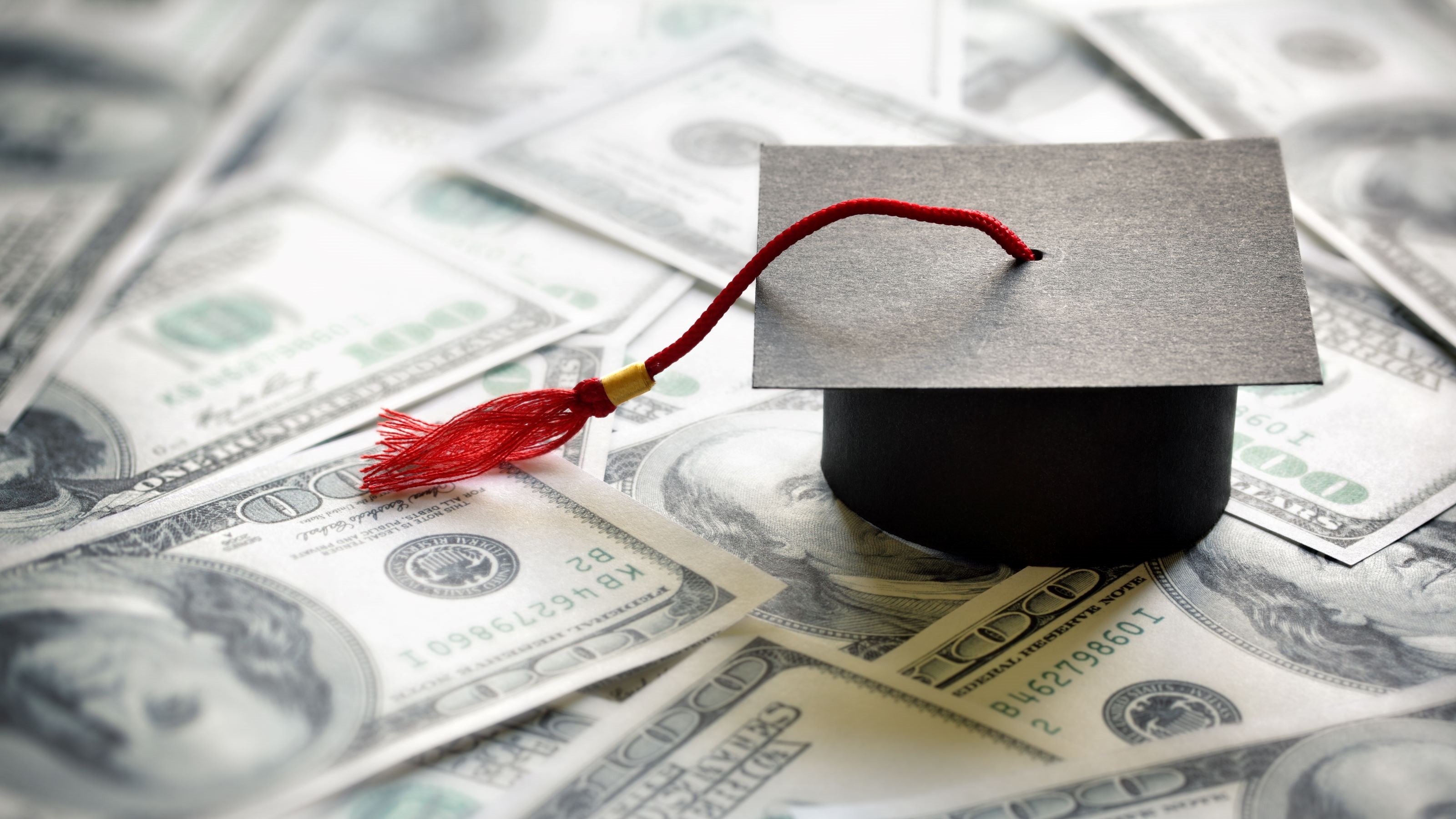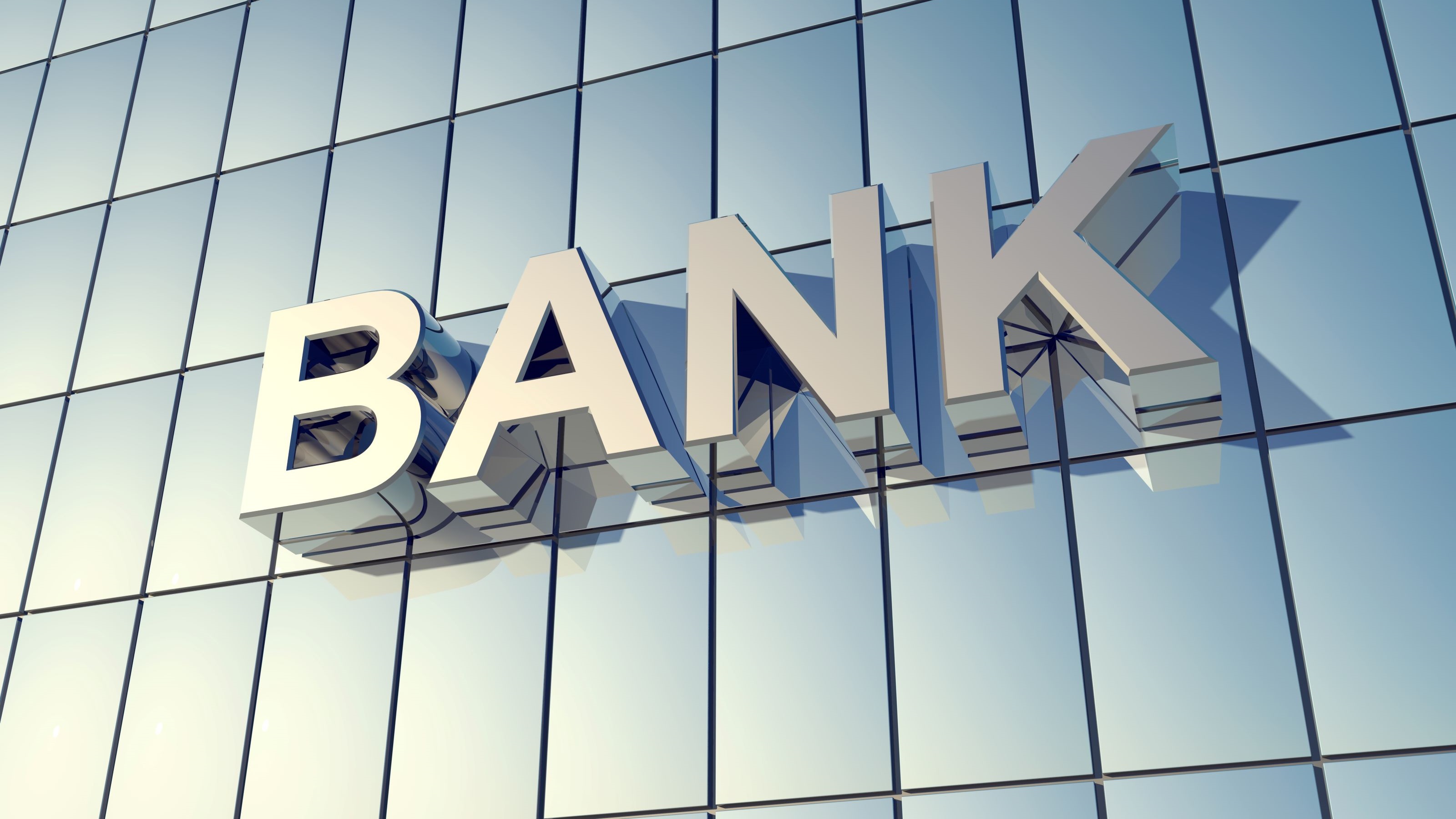Consumers Will Feel Impact of Rapidly Falling Interest Rates
Mortgage and car loans will experience the most significant dips, while some holders of Treasuries may get a slight boost.


We are in a new world of low interest rates that will likely be with us for a while. The 10-year Treasury rate fell to 0.75% on Friday. The yield curve is very flat; the 10-year is no more than 0.4 percentage points higher than any shorter-term Treasury.
The biggest impact on consumers is going to be on mortgage interest rates, which are falling to their lowest levels ever. The 30-year fixed rate is headed below 3%. The 15-year fixed is expected to fall below 2.5%. The mortgage refinance industry is returning to its glory days. In fact, refinancers are expected to be swamped with applications, which might delay closings. Those interested in refinancing should wait a week or so for posted rates to adjust downward. A rough rule of thumb is that the 30-year mortgage rate should be about 1.75 to 1.9 percentage points above the 10-year Treasury rate, and the 15-year mortgage rate a half-point less, or 1.25 to 1.4 points above.
Interest rates on new car loans are likely to drop below 5.0%. These rates are determined by the bank prime rate, which in turn is affected by Federal Reserve changes in the short-term interest rate. This will undoubtedly juice the car market a bit. Consumer loan rates in general should be a bit lower as well, though the uncertain economy and declining consumer sentiment might make consumers reluctant to add more debt.

Sign up for Kiplinger’s Free E-Newsletters
Profit and prosper with the best of expert advice on investing, taxes, retirement, personal finance and more - straight to your e-mail.
Profit and prosper with the best of expert advice - straight to your e-mail.
The drop in interest rates has been a temporary boon for holders of long-term Treasuries, as they have earned capital gains from the rise in bond prices. However, it is less beneficial for those just entering the long-term market because they are buying in at high prices. It is also not so good for holders of short-term Treasuries, since these bills hit maturity fairly quickly; investors/mutual funds must buy back in at high prices, earning very little in yield. Although the stock market is down for the moment, the low rates are likely to continue to drive investors to eventually search for yield back in equities, or perhaps try their luck in real estate. The housing market should be pretty hot this year, though prices are expected to jump because of low inventories.
Get Kiplinger Today newsletter — free
Profit and prosper with the best of Kiplinger's advice on investing, taxes, retirement, personal finance and much more. Delivered daily. Enter your email in the box and click Sign Me Up.

David is both staff economist and reporter for The Kiplinger Letter, overseeing Kiplinger forecasts for the U.S. and world economies. Previously, he was senior principal economist in the Center for Forecasting and Modeling at IHS/GlobalInsight, and an economist in the Chief Economist's Office of the U.S. Department of Commerce. David has co-written weekly reports on economic conditions since 1992, and has forecasted GDP and its components since 1995, beating the Blue Chip Indicators forecasts two-thirds of the time. David is a Certified Business Economist as recognized by the National Association for Business Economics. He has two master's degrees and is ABD in economics from the University of North Carolina at Chapel Hill.
-
 Fired Up By the Masters and RBC Heritage? See These Homes for Sale By Golf Courses
Fired Up By the Masters and RBC Heritage? See These Homes for Sale By Golf CoursesFive homes for sale near golf courses, for people who can't get enough of the tour.
By Alexandra Svokos
-
 The Economic Impact of the US-China Trade War
The Economic Impact of the US-China Trade WarThe Letter The US-China trade war will impact US consumers and business. The decoupling process could be messy.
By David Payne
-
 What To Know if You’re in the Market for a New Car This Year
What To Know if You’re in the Market for a New Car This YearThe Kiplinger Letter Buying a new car will get a little easier, but don’t expect many deals.
By David Payne
-
 Will Lower Mortgage Rates Bring Relief to the Housing Market?
Will Lower Mortgage Rates Bring Relief to the Housing Market?The Kiplinger Letter As mortgage rates slowly come down here's what to expect in the housing market over the next year or so.
By Rodrigo Sermeño
-
 Car Prices Are Finally Coming Down
Car Prices Are Finally Coming DownThe Kiplinger Letter For the first time in years, it may be possible to snag a good deal on a new car.
By David Payne
-
 New Graduates Navigate a Challenging Labor Market
New Graduates Navigate a Challenging Labor MarketThe Kiplinger Letter Things are getting tough for new graduates. Job offers are drying up and the jobless rate is increasing. Are internships the answer?
By David Payne
-
 When's the Best Time to Buy a Domestic Flight? The Kiplinger Letter
When's the Best Time to Buy a Domestic Flight? The Kiplinger LetterThe Kiplinger Letter A new study by CheapAir.com has crunched the numbers.
By Sean Lengell
-
 Woes Continue for Banking Sector: The Kiplinger Letter
Woes Continue for Banking Sector: The Kiplinger LetterThe Kiplinger Letter Regional bank stocks were hammered recently after news of New York Community Bank’s big fourth-quarter loss.
By Rodrigo Sermeño
-
 Anxious Flyers Take Note: The Kiplinger Letter
Anxious Flyers Take Note: The Kiplinger LetterThe Kiplinger Letter Whether it's the routes to avoid that have the most turbulence or the safest airline, we've got you covered.
By Sean Lengell
-
 The Auto Industry Outlook for 2024
The Auto Industry Outlook for 2024The Kiplinger Letter Here's what to expect in the auto industry this year. If you’re in the market for a car it won’t be quite as daunting as it was during the pandemic and after.
By David Payne